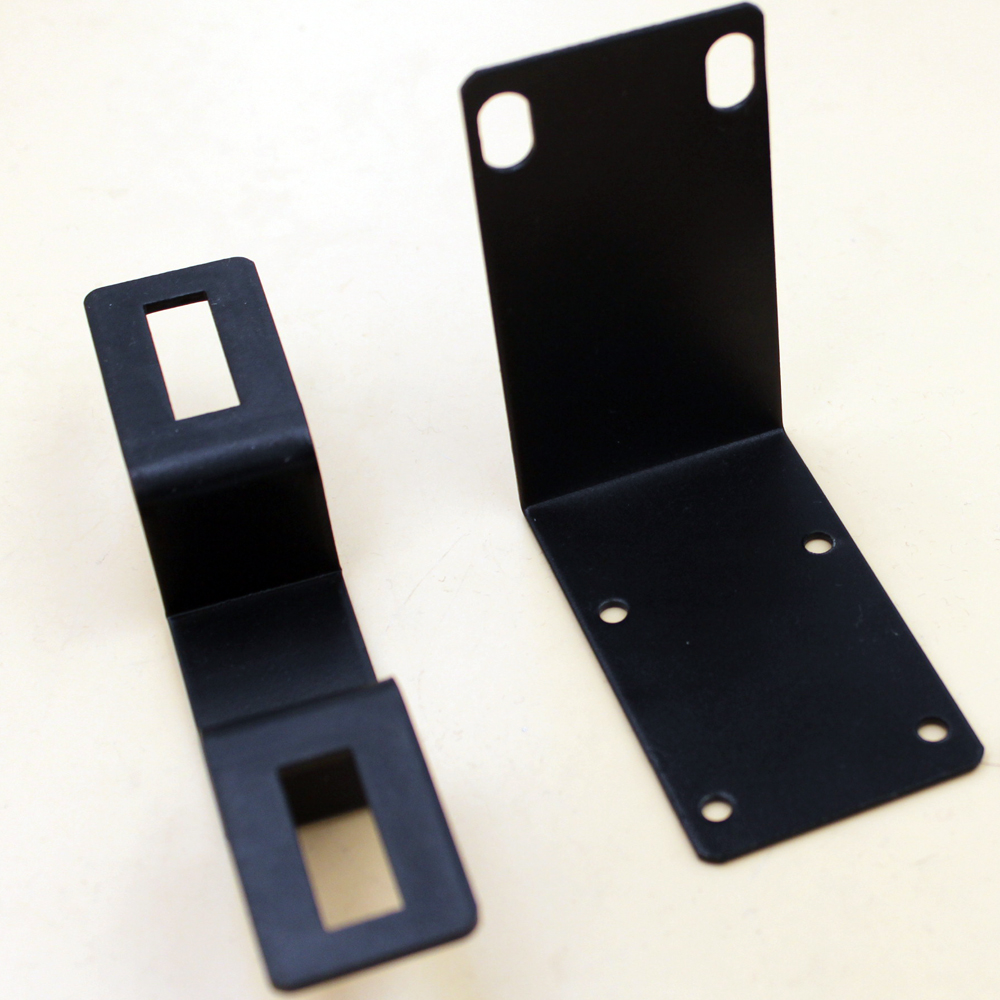

When editing a page, you use the following modes of the page editor to navigate the pages in your application and edit a page's layout and code: You switch between the modes using the mode toggle in the Page Designer's toolbar. The editor has three modes: Live, Design, and Code. The Page Designer contains an editor that you use to design, view, and edit your application's pages. Clicking the icon will show a breakdown of how long different tasks (such as bootstrapping and loading a shell page) take in order to display the page, as shown in this example: To hide breadcrumbs (shown by default), select Hide Breadcrumbs in the right-click menu.ĭisplays time taken to render and display the page in the canvas. Clicking a link in the breadcrumb path selects that component on the canvas and in Structure view and lets you view its details in the Properties pane. You can also hold the Ctrl key (Cmd on Mac) to momentarily switch between modes, for example, to check the values in a drop-down menu by holding the Ctrl key and clicking the menu on the canvas.Īt the bottom of the canvas (not in the toolbar), a breadcrumb path that displays a hierarchical list of links for a selected component to indicate its placement in the page's structure.
#EMPY ANGLE BRACKET REACT FRAGMENT CODE#
Toggles between the Live, Design, and Code modes. Opens a dialog box for changing the magnification of the canvas. Shows or hides a mobile device's bezel (the border between a device's screen and its frame). You can also use the Custom option to set the minimum and maximum values for viewport resolution and resize the canvas to whatever size you want. This menu includes the default Fit to Canvas option that resizes the canvas to always take up all available space between the left and right panes.

Opens a menu for selecting the screen size represented by the canvas. Opens a dialog for selecting the user roles that are used when previewing pages in Live mode.

Opens a dialog box for entering input parameters for the page. When a component isn't selected, the options in the menu will vary. You can also bring up the right-click menu without selecting any component, both on the canvas or in Structure view. You can also insert a component before, inside, or after the selected component.ĭescription of the illustration insert-component.png Right-clicking a component opens a pop-up menu that lets you perform several actions on the component, such as selecting its parent component, surrounding it with another component or element, or deleting it. On the far right is the Properties pane, which lets you view or edit a component's properties as well as open any Quick Starts that can be used with a selected component.ĭescription of the illustration page-designer-overview.png Once you add components, the Structure view provides a hierarchical view of the components on the canvas.

To design your pages, you'll drag components from the Components palette to the canvas. You have access to a Components palette, a Structure view, a Data palette, and a Properties pane, all of which provide everything you need to design a page's layout. The Page Designer provides a canvas that serves as your work area when designing a page.


 0 kommentar(er)
0 kommentar(er)
